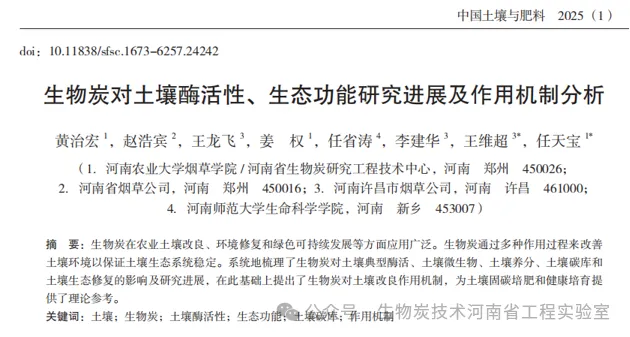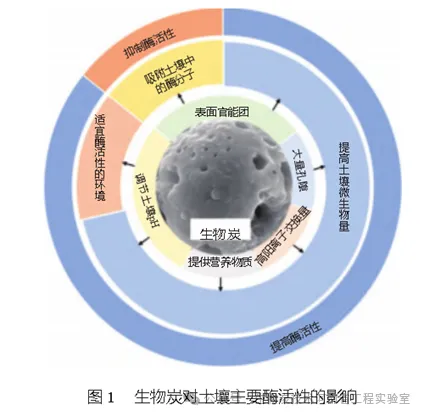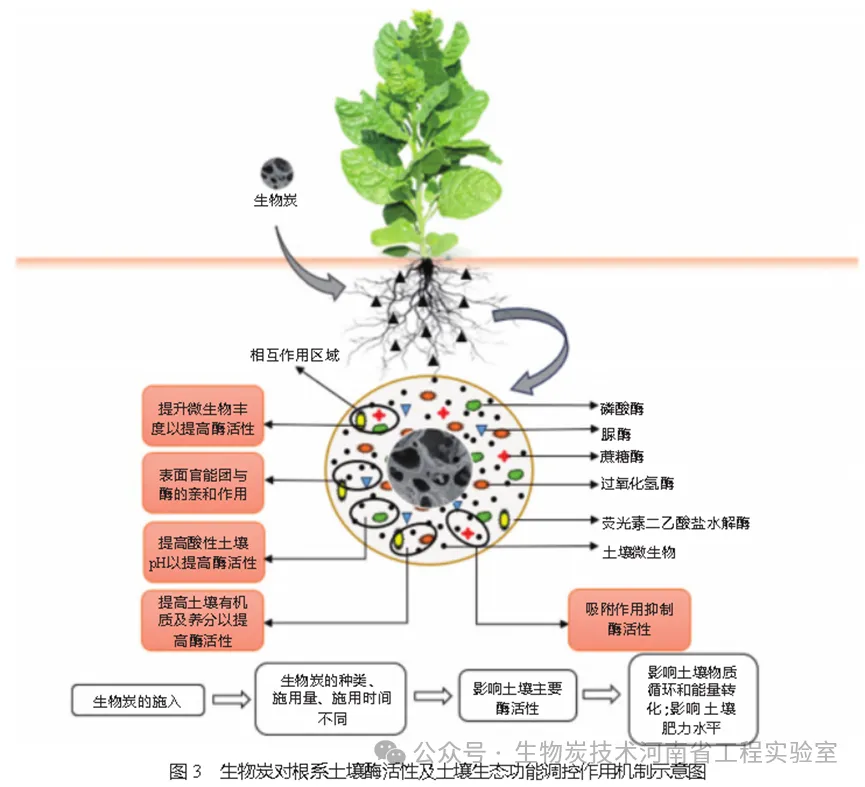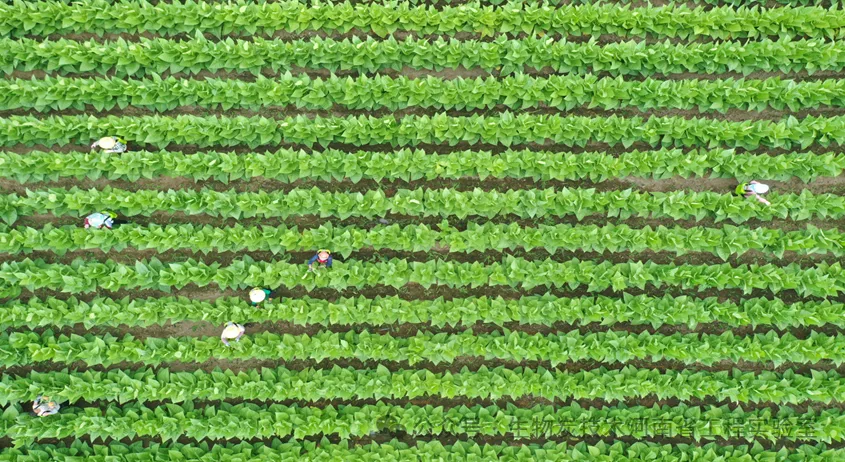
Biochar is a carbon-rich, highly aromatic solid material produced by carbonizing agricultural waste, animal biomass, or sludge under low-oxygen conditions. Characterized by a large specific surface area and high porosity, its unique structure enhances soil water and nutrient retention, stabilizing soil nutrients. In recent years, biochar has played a significant role in improving soil structure, enhancing crop nutrient utilization, remediating heavy metal-contaminated soils, and replenishing soil carbon pools. Therefore, investigating the interaction mechanisms between biochar, soil enzyme activity, and soil ecological functions is crucial for maintaining soil ecosystem stability.
1. Response of Soil Enzyme Activity to Biochar
The relationship between biochar and soil enzyme activity is influenced by factors such as biochar type, application rate, crop species, tillage practices, and enzyme type. The underlying mechanisms primarily involve three aspects:
- Biochar application alters soil microbial community structure, indirectly affecting soil enzyme activity.
- Biochar improves soil physicochemical properties, thereby influencing enzyme activity.
- Biochar’s inherent physicochemical properties directly interact with soil enzymes.

2. Direct Effects of Biochar on Soil Enzymes
Biochar exerts divergent effects on different soil enzymes. Its porous structure enhances soil properties and promotes enzyme activity, though the magnitude varies with application rates. Biochar shows potential to stimulate soil enzyme production, but its adsorption capacity may inhibit enzymes like glucoamylase and lipase, leading to variable activity changes. Different biochar types also exhibit distinct effects: under anoxic pyrolysis, organic components react with mineral elements to form environmentally persistent free radicals (EPFRs), which accelerate soil carbon cycling. However, EPFRs on biochar surfaces can oxidatively damage enzyme active sites, denaturing enzymes and proteins. Thermal conditions further modulate these effects: low-temperature biochar (<500°C) significantly influences N, P, and dehydrogenase activity, while high-temperature biochar (≥500°C) inhibits most enzymes. In summary, biochar’s raw materials and production methods dictate its effects on soil enzymes. Selecting appropriate biochar types can stabilize enzyme activity and protect enzymes from degradation under stress, highlighting biochar’s unique properties as a key factor in enzyme preservation.
3. Indirect Effects of Biochar on Soil Enzymes
Biochar’s high carbon content and stability provide abundant substrates for soil carbon-cycle enzymes, boosting their activity. It also optimizes soil pH, which affects microbial abundance and enzyme conformation. Additionally, biochar contains metal ions that differentially regulate enzyme activity: K⁺, Na⁺, Ca²⁺, Mg²⁺, and Zn²⁺ act as cofactors to stimulate enzymes, whereas Cu²⁺, Ni²⁺, and Pb²⁺ alter enzyme structure through substrate interactions, causing inhibition. Biochar’s nutrient availability also influences microbial enzyme secretion by reshaping soil nutrient profiles. Thus, biochar’s nutrient efficacy is closely linked to relative soil enzyme activity.

4. Preliminary Exploration of Biochar’s Soil Improvement Mechanism
As illustrated in Figure 2, biochar influences key soil enzymes through multiple pathways: enhancing microbial activity, replenishing soil carbon, adjusting pH, leveraging surface functional groups for adsorption, and providing nutrients. Different biochar types exhibit varying adsorption capacities and utilization efficiencies, necessitating tailored selection based on soil type. For example, hydrolases (e.g., sucrase, urease, phosphatase) decompose macromolecules like polysaccharides and proteins, vital for C and N cycling. Redox enzymes (e.g., catalase) facilitate humus decomposition and synthesis, driving energy and material transformation.
Biochar’s effects on soil enzymes cascade into broader ecosystem impacts, though responses vary with biochar and soil types.

Case Study: Ledong Biochar Cigar Tobacco Field in Hainan
Against the backdrop of China’s “dual carbon” goals, soil ecosystems act as a nexus for greenhouse gas (CO₂, NOₓ, CH₄) conversion, tightly coupled to soil enzyme-mediated processes like cellulose degradation and organic matter mineralization. Future research should explore soil enzymes’ role in climate change adaptation through interdisciplinary studies of crop-microbe-enzyme interactions and C/N/P cycling mechanisms, fostering sustainable soil management and agricultural practices.
Note: Technical terms (e.g., environmentally persistent free radicals (EPFRs)) and temperature notations (e.g., “<500°C”) are translated consistently with academic conventions. Figure references are retained for contextual accuracy.

